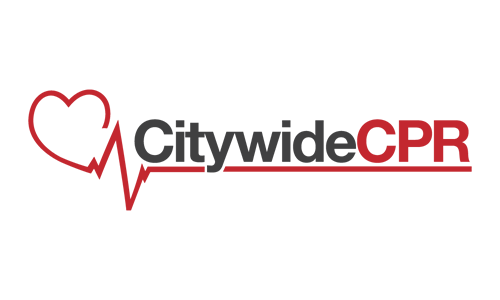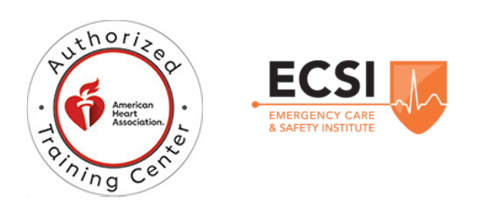Lorem Ipsum is simply dummy text of the printing and typesetting industry. Lorem Ipsum has been the industry’s standard dummy text ever since the 1500s, when an unknown printer took a galley of type and scrambled it to make a type specimen book. It has survived not only five centuries, but also the leap into electronic typesetting, remaining essentially unchanged.
 Menu
≡
╳
Menu
≡
╳
-
CLASSES
- Classes for Healthcare Providers
-
Classes for Non Healthcare Professionals
- AHA Heartsaver CPR AED
- AHA Heartsaver CPR AED Online + Skills
- AHA Heartsaver First Aid
- AHA Heartsaver First Aid Online + Skills
- AHA Heartsaver First Aid CPR AED
- AHA Heartsaver First Aid CPR AED Online + Skills
- AHA Heartsaver Pediatric First Aid, CPR/AED
- AHA Heartsaver Pediatric First Aid CPR AED Online + Skills
- AHA Heartsaver Bloodborne Pathogens
- AHA Heartsaver Bloodborne Pathogens Online
- Onsite & Other Related Classes
- Which Class Should I Take?
-
LOCATIONS
- Search by Location
-
City List
- West
- South
-
Midwest
- Ann Arbor, MI
-
Chicagoland Area
- Chicago – Aurora, IL
- Chicago – Elgin, IL
- Chicago – Glenview, IL
- Chicago – Lincolnshire, IL
- Chicago (Lincoln Park), IL
- Chicago (Loop), IL
- Chicago – Naperville, IL
- Chicago – Northbrook (SE), IL
- Chicago – Niles, IL
- Chicago – Park Ridge, IL
- Chicago – Schaumburg, IL
- Chicago – Tinley Park IL
- Chicago – Warrenville, IL
- Cincinnati, OH
- Cleveland, OH – Downtown
- Green Bay, WI
- Carmel, IN
- Indianapolis, IN
- Milwaukee, WI – Brown Deer
- Minneapolis, MN – Bloomington Airport Area West
- Minnetonka Minnesota
- Columbus, OH
- Northeast
- State List
-
AHA Courses
- Classes for Healthcare Providers
-
Classes for Non Healthcare Professionals
- AHA Heartsaver First Aid CPR AED
- AHA Heartsaver First Aid CPR AED Online + Skills
- AHA Heartsaver CPR AED
- AHA Heartsaver CPR AED Online + Skills
- AHA Heartsaver First Aid
- AHA Heartsaver First Aid Online + Skills
- AHA Heartsaver Pediatric First Aid, CPR/AED
- AHA Heartsaver Pediatric First Aid CPR AED Online + Skills
- AHA Heartsaver Bloodborne Pathogens
- AHA Heartsaver Bloodborne Pathogens Online
- Onsite & Other Related Classses
- FAQs
- VIRTUAL TRAINING
- ONSITE
- AEDs
- CONTACT US
- REGISTER HERE




